We've found 1000 matches for your search. Order by
Results
-
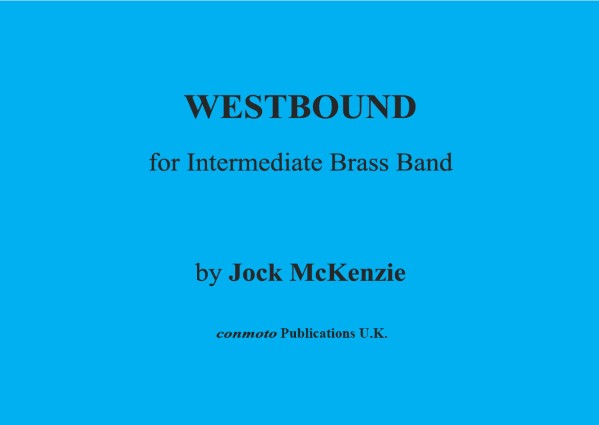 £27.50
£27.50WESTBOUND (score & parts) - McKenzie, Jock
There is a link to a you tube video. Also contains parts for orchestral brass.
In Stock: Estimated dispatch 1-3 working days
-
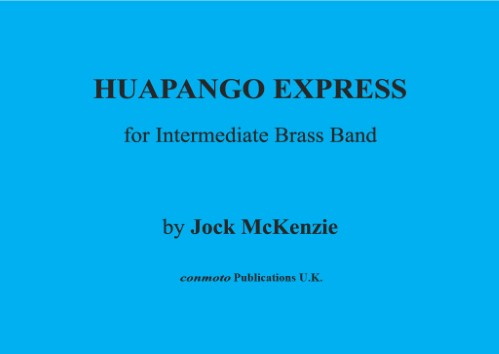 £11.50
£11.50HUAPANGO EXPRESS (score) - McKenzie, Jock
There is a link to a you tube video. Also contains parts for orchestral brass.
In Stock: Estimated dispatch 1-3 working days
-
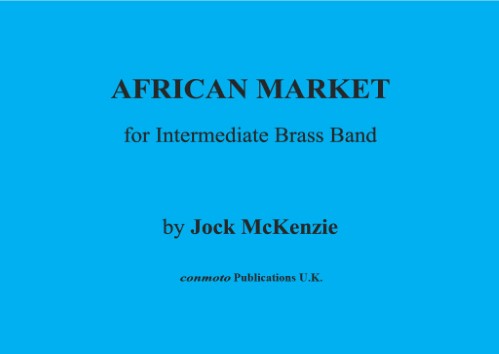 £37.50
£37.50AFRICAN MARKET (score & parts) - McKenzie, Jock
There is a link to a you tube video. Also contains parts for orchestral brass.
In Stock: Estimated dispatch 1-3 working days
-
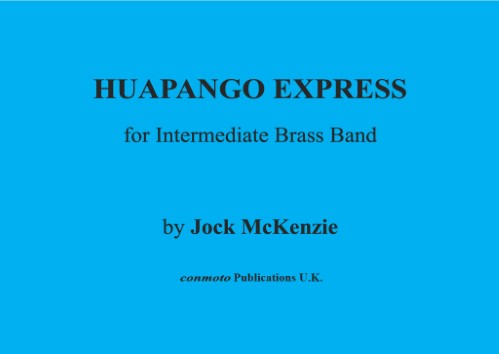 £42.50
£42.50HUAPANGO EXPRESS (score & parts) - McKenzie, Jock
There is a link to a you tube video. Also contains parts for orchestral brass.
In Stock: Estimated dispatch 1-3 working days
-
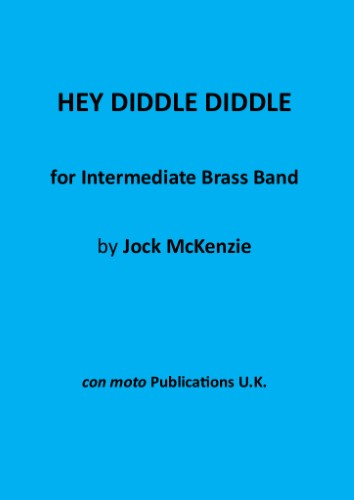 £8.50
£8.50HEY DIDDLE DIDDLE (score) - McKenzie, Jock
Beaumaris Youth Band play a modified version of Hey Diddle Diddle on the you tube link
In Stock: Estimated dispatch 1-3 working days
-
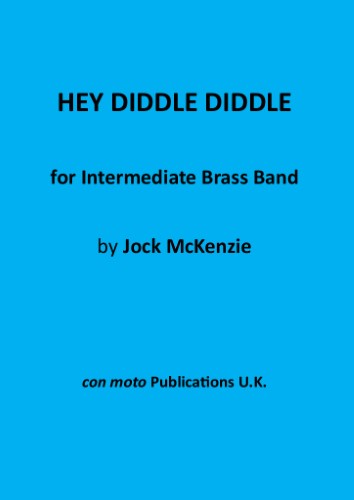 £32.50
£32.50HEY DIDDLE DIDDLE (score & parts) - McKenzie, Jock
Beaumaris Youth Band play a modified version of Hey Diddle Diddle on the you tube link
In Stock: Estimated dispatch 1-3 working days
-
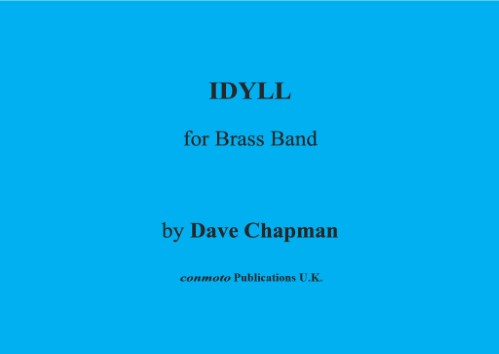 £8.50
£8.50IDYLL (score) - Chapman, Dave
If you require further information on IDYLL (score), please
In Stock: Estimated dispatch 1-3 working days
-
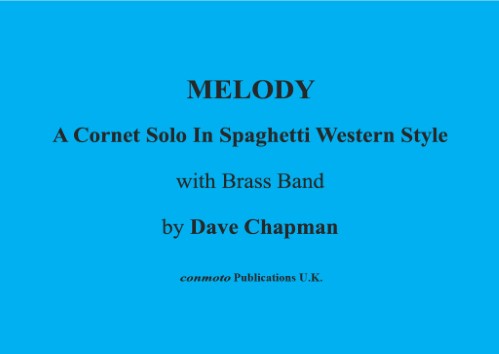 £8.50
£8.50MELODY (score) - Chapman, Dave
If you require further information on MELODY (score), please
In Stock: Estimated dispatch 1-3 working days
-
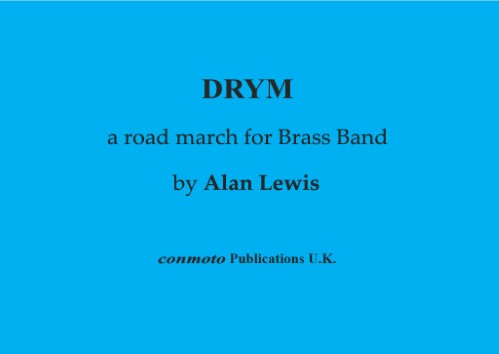 £8.50
£8.50DRYM (score) - Lewis, Alan (1948-2013)
If you require further information on DRYM (score), please
In Stock: Estimated dispatch 1-3 working days
-
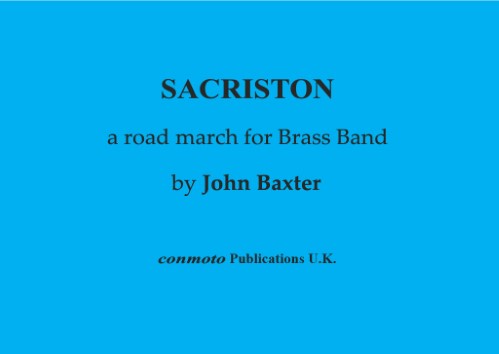 £8.50
£8.50SACRISTON (score) - Baxter, John
If you require further information on SACRISTON (score), please
In Stock: Estimated dispatch 1-3 working days
